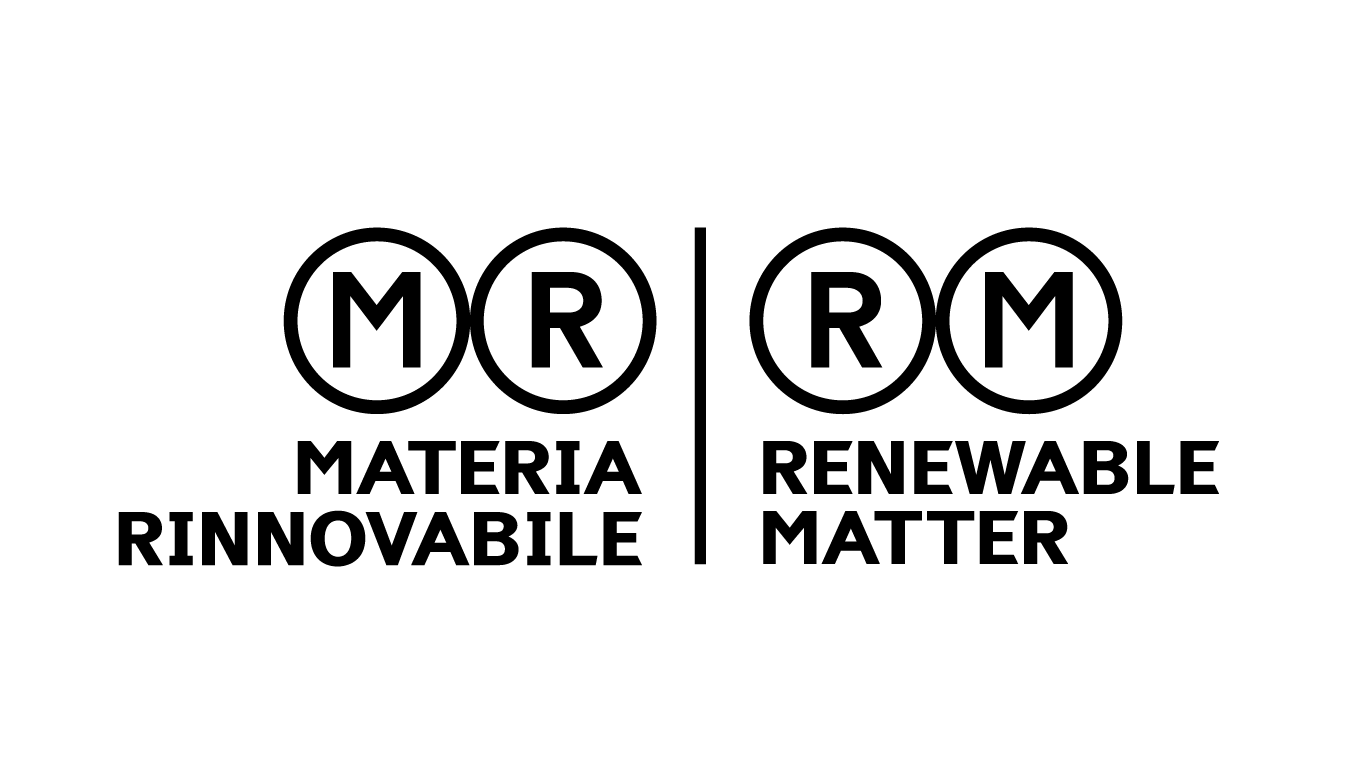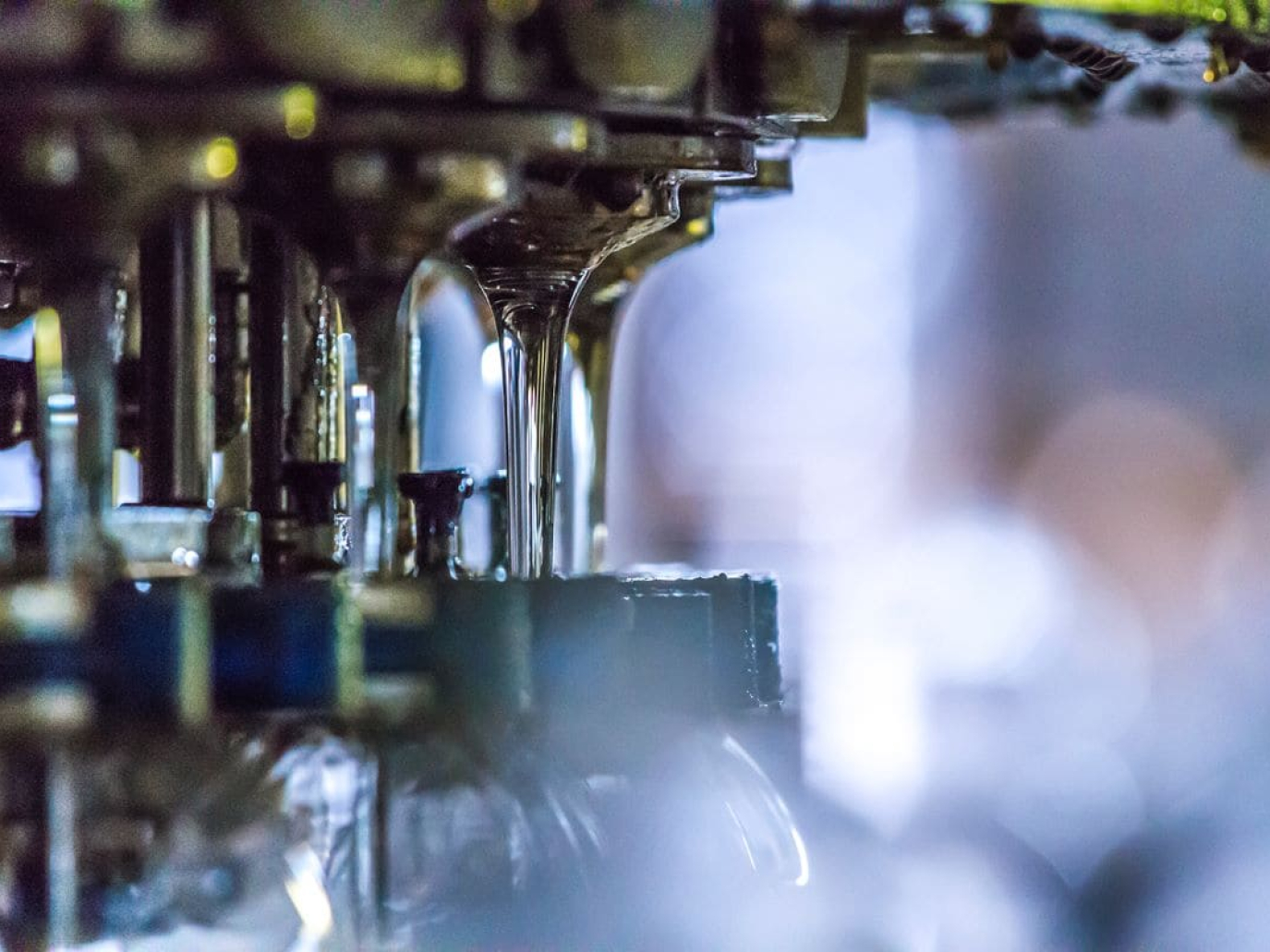This article is also available in Italian / Questo articolo è disponibile anche in italiano
In Italy, the National Consortium for the Collection and Treatment of Used Oils and Fats (CONOE) is a key player in the circular management of waste vegetable oils and animal fats. Established based on Article 233 of the Environment Code (Testo Unico Ambientale), the CONOE system coordinates the collection, recycling, and regeneration of vegetable oils throughout Italy, reducing the demand for virgin raw materials.
Today, CONOE's primary output market for recovered materials (over 90%) is the production of biodiesel, which can be used as a replacement for or mixed with fossil fuels, with a view to energy security and reducing the carbon emissions of the transportation sector. In 2023, the consortium's work led to 30 million euros in savings on the national energy bill, a figure that increases to 280 million euros if we consider the past ten years.
However, recent regulatory developments have negatively impacted the biofuel market, reducing the demand for FAME (Fatty Acid Methyl Ester), traditionally manufactured from waste oils, in favour of HVO (Hydrotreated Vegetable Oil), a biofuel derived from palm oil (Palm Oil Mill Effluent - POME). An unexpected change that hasn’t helped Italy's waste oil collection and regeneration sector, which already faces global challenges.
The international waste oils market
The European waste oils market faces complex challenges linked to international dynamics. "We have to distinguish between two different aspects. The first relates to the importing of UCO (Used Cooking Oil) from East Asia, which is in direct competition with the UCO collected in Italy or the EU," CONOE President Tommaso Campanile tells Renewable Matter. "This is a critical issue because there are suspicions of counterfeiting related to the nature of UCO materials imported from Asia, which often do not meet the criteria that define true waste. This creates an imbalance in the market, reducing the economic value of locally-collected UCO."
According to Campanile, the second aspect is linked to the relationship between UCO and POME. The RED III Directive, based on the annexes provided, introduced POME among the feedstocks that can be used for the production of advanced biofuels, such as HVO. "This gives POME a sort of regulatory 'superiority' compared to UCO, which is considered a lesser material. This is a clear regulatory deficit that has effectively led to an increase in POME imports and a decreased use of cooking oil. In summary, to meet mixing targets, the possibility of importing POME at lower costs than UCO promotes this decision. Consequently, a tendency has emerged to import POME in large quantities, limiting the purchase of UCO to the minimum required. POME is considered a waste product of palm oil processing, but the amounts in circulation do not seem proportionate to the volume of palm oil sold globally every year. This imbalance suggests that it may not simply be derived from processing waste."
The Italian landscape
In Italy, the recent Ministerial Decree 343/23 introduced incentives for HVO, made from POME, reducing the demand for FAME, which has traditionally been manufactured from the country's waste oils. According to CONOE, the effect of this policy has been estimated to be a 600,000 tonne reduction in demand for FAME, thus limiting the UCO market and putting local collection and regeneration at risk. This system, in CONOE's case, results from the work of over 600 companies throughout Italy, involving approximately 5,300 jobs and covering sectors including hospitality, with over 200,000 businesses providing a large proportion of the waste oils collected.
"In recent months, we have assessed the situation and presented legislative proposals to correct the disparity between the different materials, especially among waste," says Campanile. "We have recommended the introduction of specific reward mechanisms for the use of UCO compared to other feedstocks, both when destined to the production of FAME and HVO."
Indeed, the problem does not relate solely to the competition between materials, but also to compliance with regulatory requirements, including the latest version of the Integrated National Plan for Energy and Climate, which sees biofuels as one of the pillars of the energy transition and UCO as a feedstock to be prioritised in their production.
"The principles of a truly circular economy should prioritise national and European products before resorting to imports," adds Campanile. "Instead, the current system favours foreign materials to the detriment of national and European ones, damaging the economy and generating an environmental impact if waste is not collected. To meet the requirements set out in national regulations for using fuel additives derived from local waste, Italian manufacturers would need approximately one million tonnes of waste vegetable oils, whereas only 100-150,000 tonnes are currently collected, leading to the demand for imports."
CONOE is working to increase the amount of waste oil it collects, through a new agreement with the National Association of Italian Municipalities. "Local councils in Italy collect an average of 350-400 grammes of waste vegetable oil per capita, but, with an organisational effort, we can easily double the amount of this domestic waste that is collected," says Campanile. If this goal were reached, up to 250-300,000 tonnes of domestic waste could be collected. Combining this figure with the amount derived from businesses, the total collected nationally could reach 400,000 tonnes.
This content is produced thanks to the support of sponsors
Cover: CONOE



